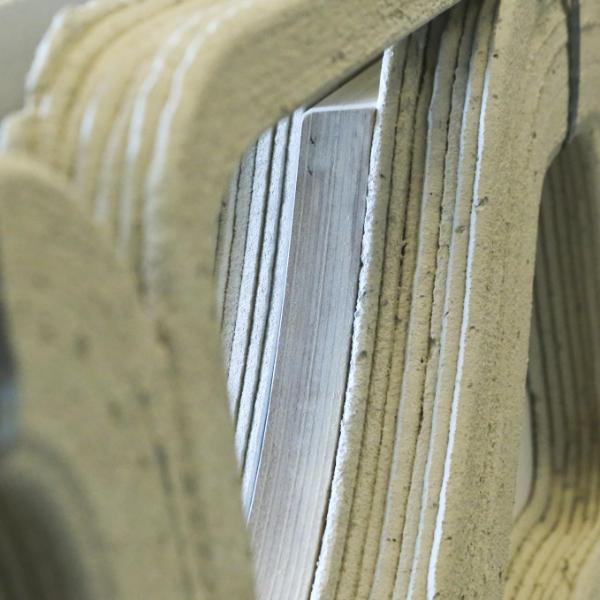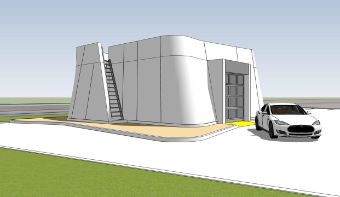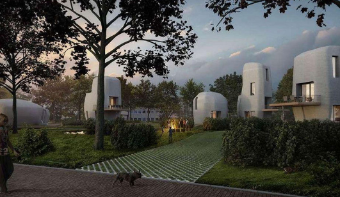Sustainable business is sustainable production and consumption

The global population is growing. By 2050, 9.6 billion people will be living on our world, producing and consuming every day. Huge amounts of raw materials are used to produce everything we eat and everything we use. If we are to maintain our current level of production and consumption we would need raw materials from three planets. So a lot needs to change. Reducing our ecological footprint by how we produce and consume is essential if we are to retain economic growth and achieve sustainable development.
We can reduce the ecological footprint in various ways. For instance, being much more careful in examining our sustainable management and efficient use of natural resources and raw materials. Producing food and goods needs to be smarter: ‘producing more with less’. This also applies to energy. We need to work and live in a more energy-efficient way. We also need to further develop and expand the use of sustainable energy sources. Production also needs to be cleaner, with less chemicals, less waste and more reuse. Circular design is a way of achieving this.
Circular design means not only handling energy and materials efficiently but also making a deconstruction plan for each design.
How does Witteveen+Bos contribute?
These major challenges in today’s world - protecting nature, ending poverty and guaranteeing everyone’s well-being - demand integrated solutions and creative thinking. Witteveen+Bos sees it as its task to design the social space in the best way possible. New research, and new insights and developments can change a situation and our engineers are able to adapt solutions to this changing situation. The sustainable design principles help in this.
The sustainable design principles challenge us to produce designs that have the highest potential positive impact on people’s well-being. This sounds easy, but the trick for engineers is to design in such a way that there are no unintended negative effects for the local environment. This means making choices with a forward-looking approach. We can use the sustainable design principles to shape sustainability and thus responsible production and consumption in our projects in concrete terms and, together with our clients, partners and research institutes, increase our contribution in working towards a socially, ecologically and economically sustainable world.


